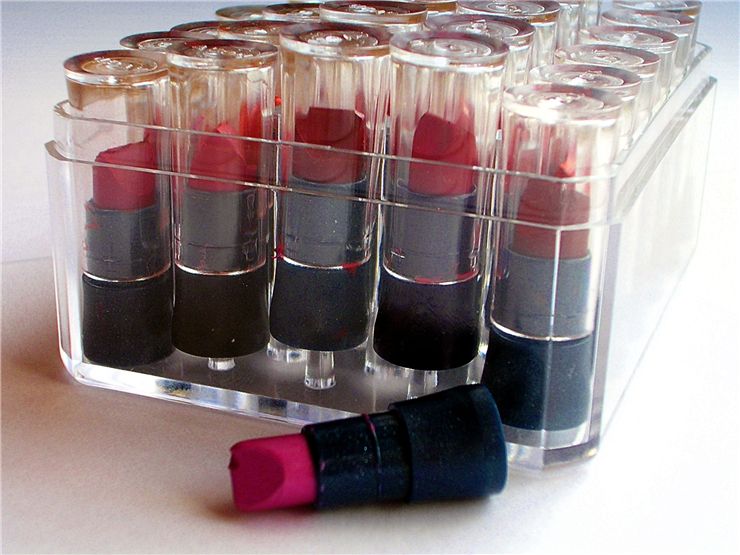History of Lipstick
Among all cosmetic products that were created in since the dawn of time, lipstick went through greatest troubles to get to its current state. Today, lipsticks and lip glosses of all colors and types are used regularly across the entire world, but that was not always the case. Because of its powerful impact on our appearance and its ability to seduce, lipsticks received much attention from fashion creators and forces that tried to limit its use. And when we say limit, we really mean that.
Through the majority of the European dark and middle ages, lipsticks and any kind of cosmetics which drastically change our way of look was viewed as unhealthy by general medical community (apparently, it prevented natural circulation of blood to the face)and un-religious by Christian church. Same cannot be said for Asian civilizations and Middle East, where all the major lipstick advances happened during the time when Europe was in the 1000 year long recession and stagnation. There, chemist worked tirelessly on finding out new recipes for various cosmetic products that changed the shape and look of entire civilizations. Effects of their work can be found in the China, Japan and many other Asian countries, where lipsticks and other cosmetic products are heavily in use even today (stark white Geishas with red or black painted lips for example).

But before we see how lipstick managed to become so popular, let’s investigate where did it first came from. Even though we have some proofs that various ancient civilizations used artificial means of improving their body look up to even 12 thousand years ago, manmade lipsticks that are not created directly from natural sources (fruit or plant juices) was created 5 thousand years ago in Mesopotamia (current day Iraq). There, women grinded precious and semi-precious gems into dust that was carefully applied to their lips and eyelids.
The biggest evolution of lipstick manufacture happened in Ancient Egypt, where entire population embraced cosmetic not only as a means to make them more beautiful, but also as a means to protect themselves from harsh sun and desert wind. Their lipsticks became part of natural daily attire, except for the poorest classes who did not have the funds to procure even cheapest cosmetics. In the beginning lipstick was created with a combination of the dye extracted from the seaweed, iodine and bromine mannite. Because this combination of ingredients was very poisonous, they eventually found the way to extract carmine color from beetles and ants. Famous Cleopatra ( 51 – 30 BC) was often sighted with lips colored in red.
In the following 1500 years after Cleopatra, cosmetic products and especially lipsticks were almost nonexistent in Europe. Bad economy, wars, lack of science and fashion advancements, and isolation from Asia and Africa enabled the return of the lipstick only after the start of Renaissance. The true popularization of the lipstick however finally arrived only in late 19th and early 20th century when industrial revolution and the rise of film and photography brought the decline of the Victorian fashion. Ever since 1920s, lipstick and other types of cosmetics managed to spread across entire world, becoming the basis of the modern fashion.
